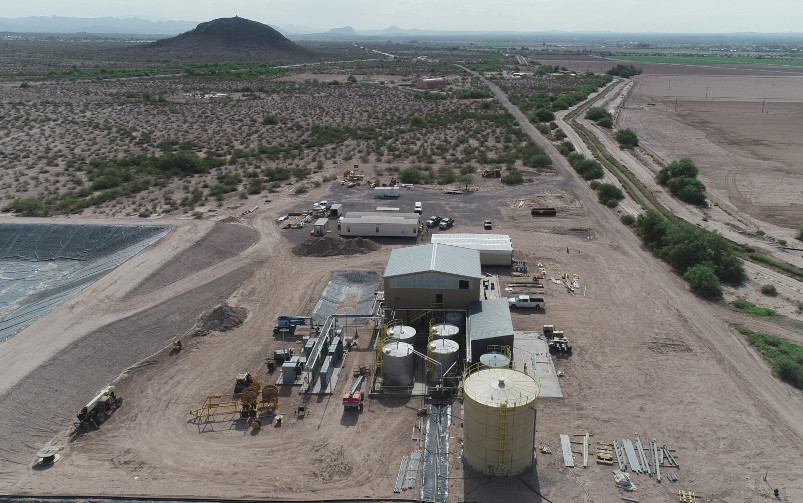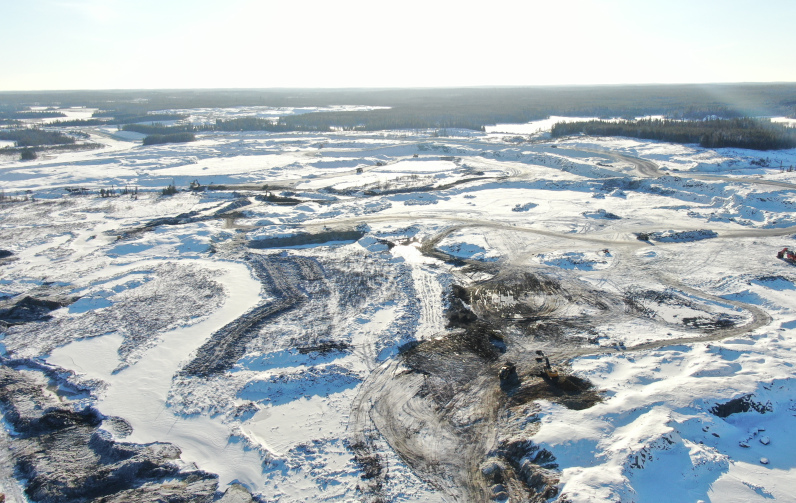Development of the Reko Diq project is set to resume following a recent agreement signed on March 20 between Barrick and the governments of Pakistan and its Balochistan province.
The project, which is estimated to constitute one of the world’s largest untapped copper and gold reserves, will be held 50 per cent by Barrick and 50 per cent by a combination of the Balochistan government and other federal and provincial government-owned entities. Antofagasta, a Chilean partner to Barrick in the venture up to that point, has exited the deal in exchange for US$900 million, citing a change in its growth strategy now focused on the Americas.
Reko Diq had been suspended in 2011 and bogged down in arbitration ever since, after the government of Balochistan refused to grant the mining lease necessary for operations to move forward. The reasons cited at the time involved complaints about lack of transparency in the securing of the lease as well as too many concessions granted to the company, violation of government regulations and a lack of attention for national interests. The refusal came after Tethyan Copper Corp., the joint entity for Barrick and Antofagasta, had already invested US$220 million in the project since an initial 1998 agreement with the provincial government.
Related: By purchasing the remaining stake in Turquoise Hill, Rio Tinto says it will be able to more effectively work with the Mongolian government on the embattled copper mine
The World Bank’s International Centre for Settlement of Investment Disputes ruled against Pakistan in 2017, calling for a hefty near-US$6 billon penalty after finding that Pakistan had violated the terms of the Pakistan-Australia Bilateral Investment Treaty since Tethyan was registered in Australia. Barrick and the country’s government have convened on an out-of-court deal, waiving the US$11 billion incurred by Pakistan through penalties and other liabilities. The new agreement between parties ensures Barrick will receive not only the mining lease but also an exploration licence, surface rights and a mineral agreement stabilizing the fiscal regime applicable to the project for a specified period.
Now that the project is on track to reconstitution, Barrick says that a full update to its 2010 feasibility and 2011 expansion prefeasibility studies is its first order of business. The 2010 study listed the project’s total mineral resources at 5.9 billion tonnes of ore grading at 0.41 per cent copper and 0.22 grams per tonne gold. Annual production was estimated to be 200,000 tonnes of copper and 250,000 ounces of gold from 600,000 tonnes of concentrate in a life of mine spanning over50 years.
If all goes according to plan for Barrick moving forward, the company expects to be able to begin production within five to six years. “Reko Diq could also be the springboard for further exploration and other mineral discoveries along the highly prospective Tethyan Metallogenic Belt,” said Barrick CEO Mark Bristow.



